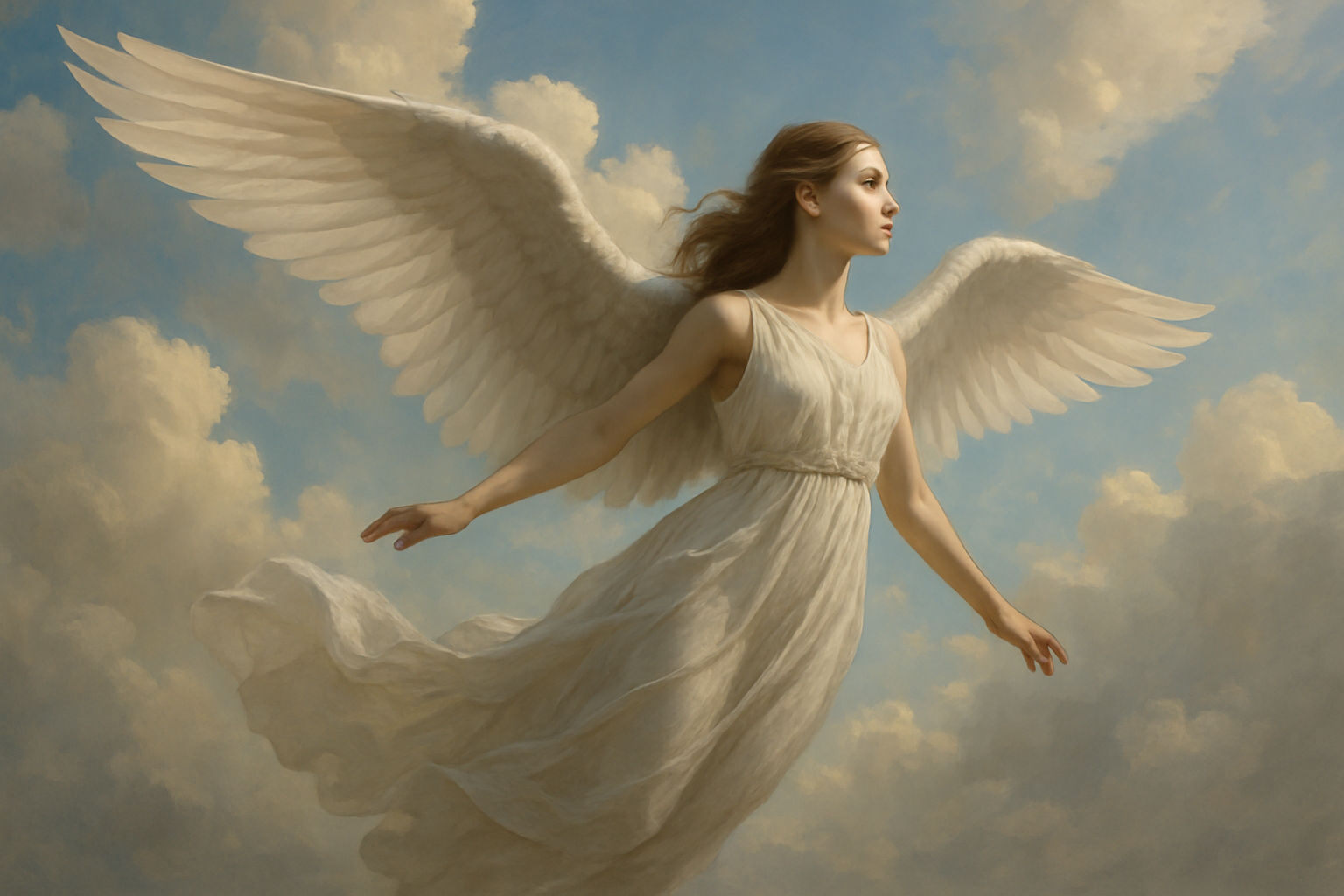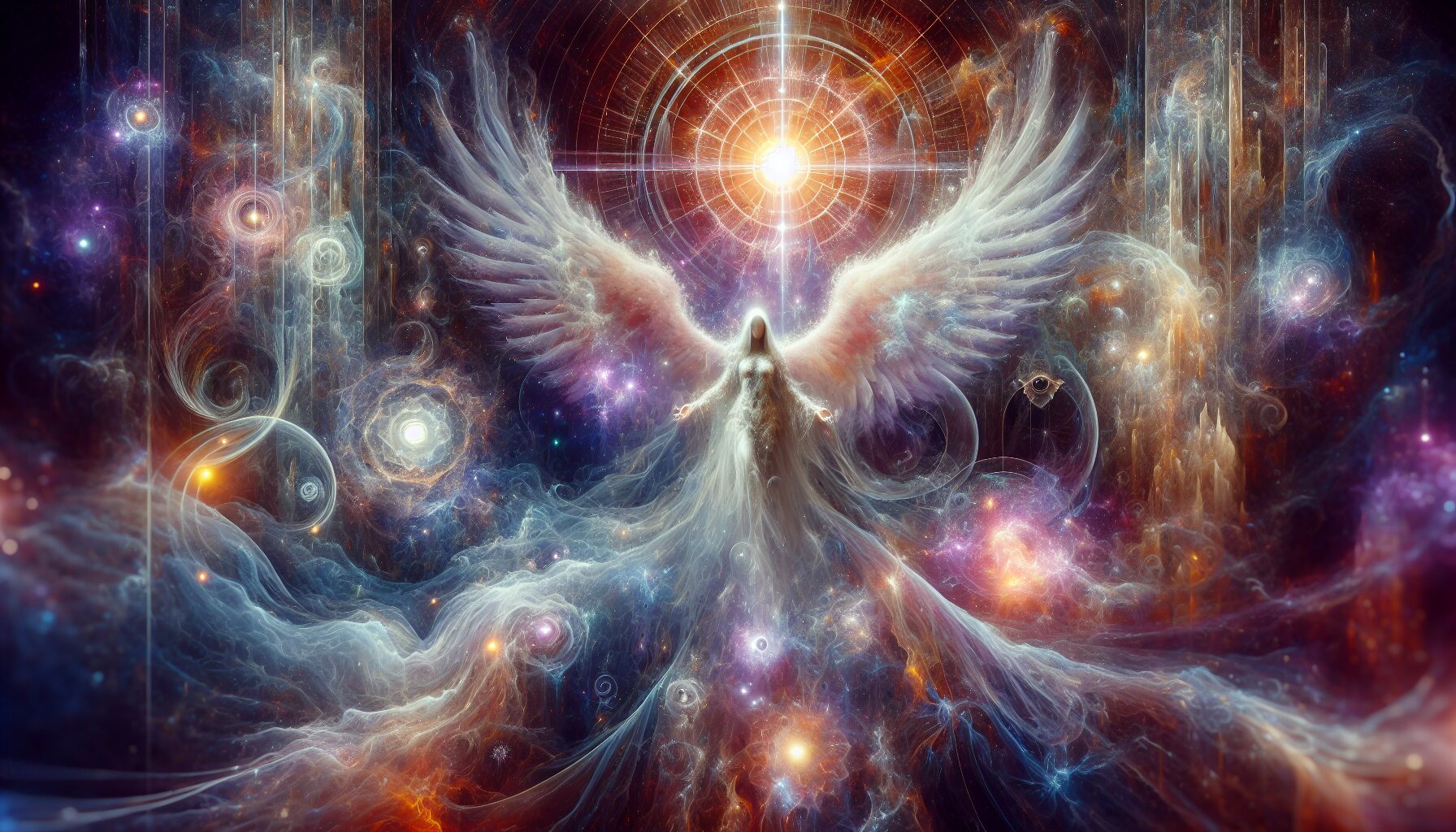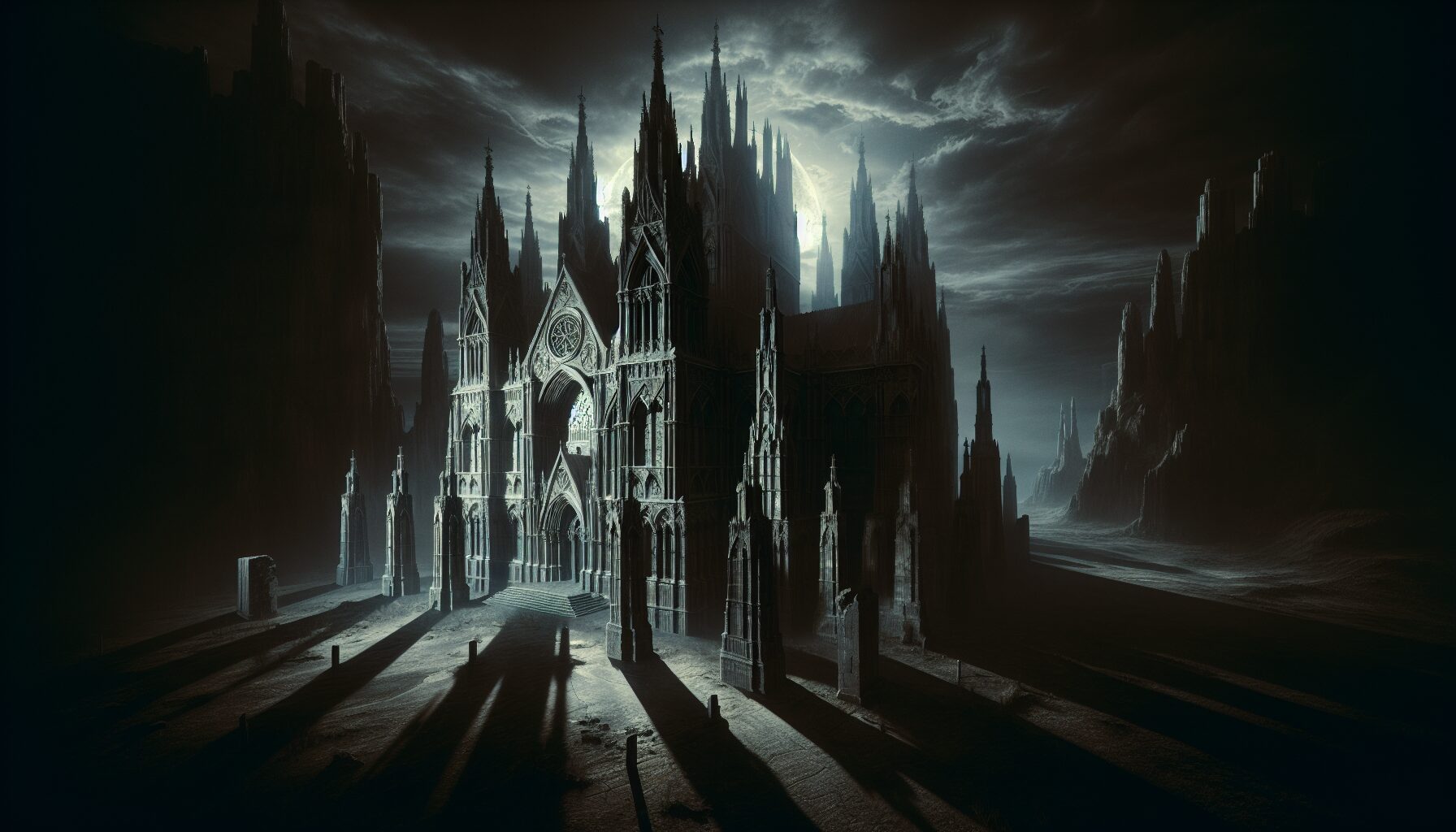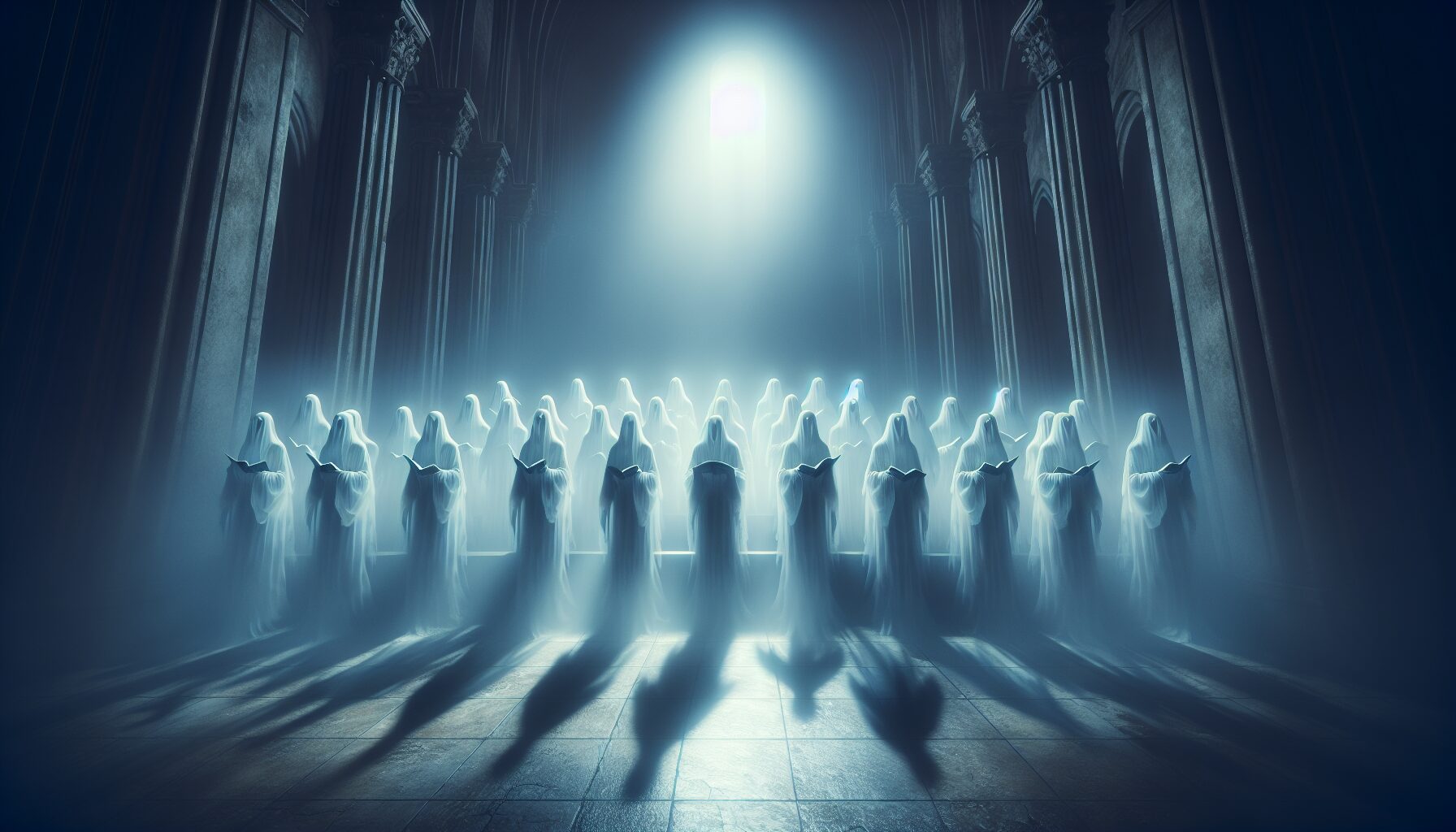Angelic Echoes: Messages Through Mysticism
Throughout human history, the concept of angels has woven itself into the fabric of numerous cultures, carrying with them profound messages from the divine. From Biblical accounts to contemporary mystical experiences, angelic figures are often considered messengers of God, guiding and protecting humanity through times of turmoil and uncertainty.
The Role of Angels in Different Cultures
Angels appear as central figures in Christianity, Judaism, and Islam, each tradition offering unique insights into their purpose and nature. In Christianity, the Bible describes angels as God’s servants, delivering His messages and enacting His will. The Angel Gabriel is a prominent figure, known for announcing the birth of Jesus to Mary, as depicted in the Gospel of Luke (Luke 1:26–38).
In Islam, angels are seen as creatures of light who worship Allah unceasingly and execute His commands. Jibril, or Gabriel, is regarded as the greatest of angels, having revealed the Quran to the Prophet Muhammad. As explained in the Encyclopaedia Britannica, “the tasks assigned to angels include delivering messages, receiving the souls of the dead, and recording the deeds of mankind.”
Similarly, Jewish tradition describes angels as messengers and protectors who act on God’s behalf, guiding the Israelites through their struggles and triumphs. The book of Genesis recounts Jacob’s dream of a ladder reaching to heaven, upon which angels ascended and descended, symbolizing continual communication between God and man (Genesis 28:12).
Modern Mysticism and Angelic Guidance
In contemporary spirituality, the notion of angels extends beyond religious texts, as mystics and spiritual seekers report encounters with these ethereal beings. People often describe feeling a comforting presence or receiving guidance during meditation or in times of crisis, interpreting these sensations as angelic interventions.
“We may not physically see angels as they are often depicted in art, but many claim to feel their presence, particularly when seeking comfort or guidance,” writes Karla McLaren in Psychology Today.
Such experiences are often personal and subjective, yet they resonate deeply with those who encounter them, fostering a belief in a benevolent force working behind the scenes of daily life. Whether through vivid dreams, inexplicable coincidences, or moments of intuitive clarity, these angelic whispers can leave a lasting impact.
Understanding Angelic Communication
How might one recognize angelic communication in their own lives? Spiritual practitioners suggest being open and receptive to subtle signs and messages, emphasizing the importance of mindfulness and meditation. Here are a few ways individuals report experiencing angelic guidance:
- Dreams and Visions: Many people report receiving messages from angels through dreams, often involving symbolic imagery or direct conversations.
- Signs and Synchronicities: Repeated symbols, numbers, or events are often interpreted as signs from angels, guiding one along their path.
- Intuition and Inner Voice: An unexplained feeling or inner knowing, often nudging one towards a decision or action that aligns with their greater good.
- Physical Sensations: Some describe feeling a gentle touch, warmth, or presence during their interactions with angelic beings.
While skeptics might dismiss these occurrences as mere coincidences or psychological phenomena, those who experience them often find reassurance and strength in their perceived encounters with the divine.
The Significance of Angelic Echoes
The allure of angels and their messages persists across time due to their capacity to embody hope, protection, and guidance. In a world often marked by uncertainty, the notion that a higher power is watching over us can provide comfort and reassurance.
As Karen Armstrong, a well-regarded scholar of religion, notes, “Angels are not primarily guides to New Age psychology, but can embody powerful aspects of our humanity — ambition, curiosity, compassion, and awe.”
The connection between humans and angels, whether viewed through a religious prism or a mystical lens, highlights a universal yearning for connection, understanding, and peace. As people navigate the complexities of existence, their hope for divine guidance remains steadfast, echoing through the ages and coloring the mystical conversations of today.
This intricate dance with the celestial adds depth to the human experience, weaving tales of light and spirituality that resonate within the hearts of those who seek solace in the angelic echoes of mysticism.





